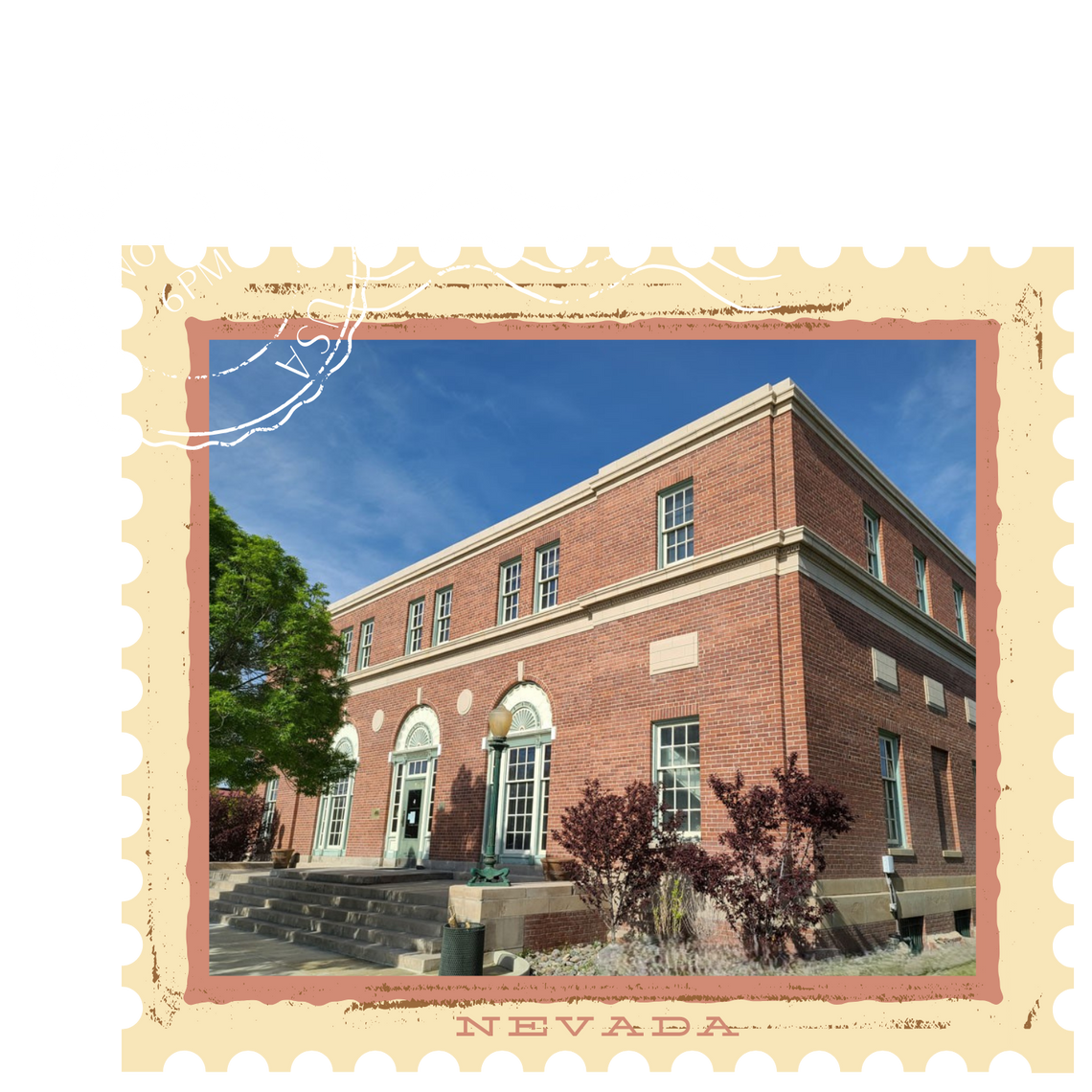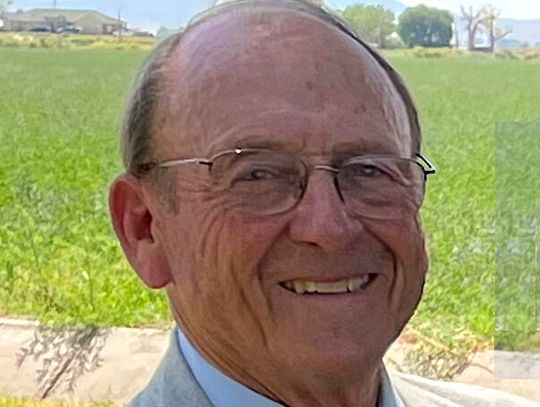Last week, I spent a few hours in the Churchill County Museum and archives looking over editions of the "Eagle" that had been published in January 1925, just 100 years ago. For me, vintage newspapers are a pleasure to read from front to back, from the content of the ads to the sports reporting to the local news items. The January 1925 editions of the" Eagle" provided no exception to my reading pleasure, devoted as they were to reporting the day-in and day-out news of Lahontan Valley. But, as I read through the pages, I posed a silent question to the muse of history: How did our local events, trends, and discussions intersect with national events, trends, and discussions? Of course, not all of our local news can be analyzed as a microcosm of national movements, but I decided to begin this Postcard with a selective view of the year 1925 as it is commonly viewed by American historians and then to view selected items of local news or advertisements within that frame.
The year 1925 sits squarely in the middle of what is often labeled The Roaring Twenties. And roar they did. During the decade, cars roared. Radios roared. Women roared. Political debates roared. Prohibition ruled. I'll leave the roar of women and the sound and fury of political debates for next week's column. I have plenty to say about both.
To the point of today's Postcard, across the land, automobile production, sales, and use soared during the 1920s. It has been said that before World War I, cars were a luxury. After the war, they became a necessity. In the advertisements showcased in the January 1925 editions of the "Eagle," automobiles loom large. Ads were placed by at least three auto parts and repair businesses. Vintage auto aficionados will find it interesting that the Fallon Garage (later the Coverston Garage) ran a large ad announcing that the new Star Automobile would be sold by them and that new models were due to arrive in Fallon in just weeks. (That year, the Fallon Garage also took on the sales of White Trucks and Buicks.) Balloon tires were touted in other Fallon Garage ads. And Fallon citizens cheered when the 1925 Federal Road Act designated much of the Lincoln Highway, then running through Fallon, as Highway 50.
The decade saw a similar boom in the sales of radios, which, like the automobile, became, almost overnight, a household and business status symbol, then a household necessity. In 1925, RCA (Radio Corporation of America) released figures showing that 19% of U.S. homes had radios. In five years, that percentage grew to 40%. My readers, who are fans of Country Western music, will love the fact that, in 1925, a musical program named Barn Dance was launched by WSM radio station in Nashville, Tennessee. In 1927, it was renamed the Grand Old Opry, and the Golden Age of Radio was well on its way. At the local level, the "Ozarka Plan for Radio Satisfaction" was heavily advertised in the January 1925 editions of the "Eagle." The ads claimed that the "Ozarka Radio set is installed and serviced by factory representatives who have been trained under Ozarka radio engineers to know the Ozarka set…. Why not ask for a demonstration and let us arrange to be in your home some evening soon? Ozarka Junior 4-tube Set, complete….$80. Wayne B. Mills, Box 384." Most relevant to the topic of the radio boom is that the January 1925 Morris & Loring Drug Company ads did not feature pharmaceuticals but…Radiolas and Radiotron Tubes, both produced by RCA. The tubes sold for $3 each, and the Radiola models ranged in price from $83 to $269.
As for Prohibition, one of the thrilling headline stories in the January 1925 local newspapers detailed a local bootlegging crime. "A large still and other equipment were taken in a raid conducted on the old Berney ranch, six- and one-half miles southeast of Fallon. A hundred gallons of mash and several gallons of liquor were destroyed… [Sheriff Crane said that] "the moonshine was of very poor grade. The mash was found in filthy condition. Containers were dirty." The still, officers said, was in "such condition as to turn the appetite of the most devoted connoisseurs of jackass brandy." The paper followed up on the raid by reporting a few days later that "Federal officer P.E DuBois arrived Monday, being sent here by the director of Prohibition in Nevada to make a special investigation of the case in which Sheriff Crane arrested R.A. Gillett last Monday in on what was formerly the Berney ranch…. [Mr. Dubois] stated that he was thoroughly convinced that the sheriff has landed the right man when he got Gellett." A separate news item concerned the sentencing of four men from White Pine County to serve time in the Fallon jail for "violating the dry law." Two of the wrongdoers received four- and one-half-month sentences and the other two received four-month sentences for reasons not explained in the article.
Please send your thoughts and stories to [email protected].











Comment
Comments